If you have a flat tire, you know how frustrating a process it is to get your car back to its normal operation. Not only does it disrupt your travel, it also takes time and money to replace a flat. After you change the flat tire and install your spare, you might be wondering: how long can you drive on it?
In this article, we’ll tell you just how far you can drive on a spare tire, what the key differences in types of spare tires are, and best practices for driving on a spare tire.
Let’s jump right in by answering your main question:
You should drive no more than 50 miles on a temporary or donut spare tire if possible. If you absolutely must go longer than 50 miles, avoid driving on it longer than 70 miles. A spare tire isn’t meant to completely replace a tire, rather, its purpose is to tide you over until you can properly replace it.
Additionally, you shouldn’t drive faster than 50 mph on a temporary or donut spare tire, as they have far less traction and durability than a standard tire. You probably wouldn’t want to drive longer or faster on a spare anyway, as the typical spare can make your vehicle feel more like an airplane ambling down a runway than a car driving down a highway.
Once you are driving your spare, you should replace it with a proper full-size tire as quickly as possible to stay safe on the roads.
Types of Spare Tires:There are several kinds of spare tires, but which one you will use mostly depends on the type of vehicle you’re driving.
 These vehicles are significantly heavier than most sedans and mid-sized cars, so the spare tires are usually larger to support the vehicle’s full load, and possibly additional cargo or items being towed.
These vehicles are significantly heavier than most sedans and mid-sized cars, so the spare tires are usually larger to support the vehicle’s full load, and possibly additional cargo or items being towed.Full-size spares are typically much better quality than a donut spare; however, they still should be replaced as soon as possible. These spares often aren’t as durable, may have narrower wheels than the standard tires, and may not be produced by the same manufacturer as your other tires.
Full-size spare tires should be regularly inspected too, especially if they are secured to the bottom of the vehicle and therefore may be exposed to harsher elements.
How to drive safely on a spare tireRegardless of whether your spare is a donut or a full-size spare, you’ll want to be careful while driving on it. To drive safely on your spare tire, follow these best practices:
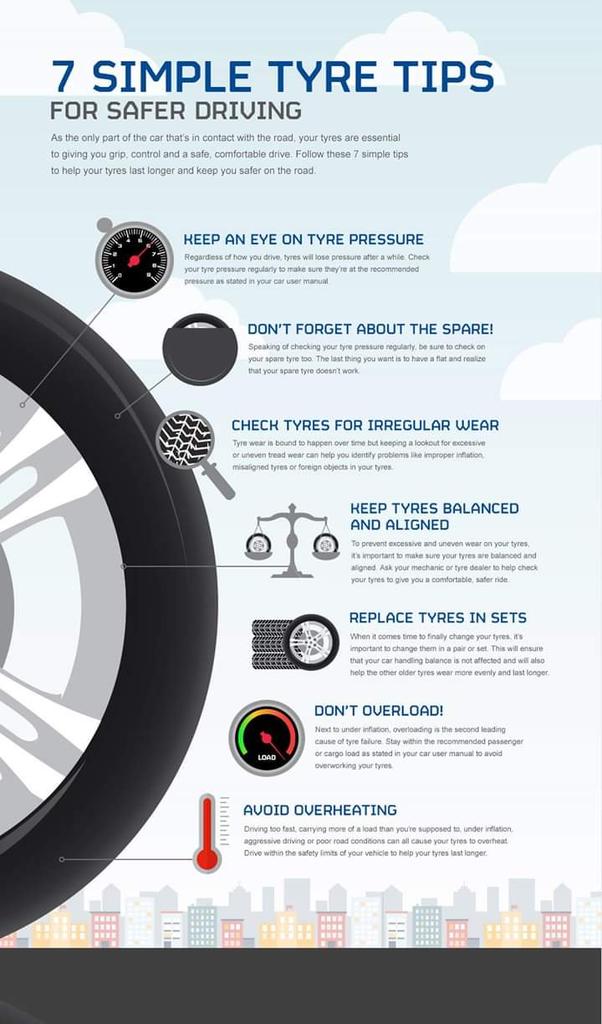 Spare tires often have different inflation pressure needs than your regular tires, so it’s wise to check them for proper inflation. Plus, a spare tire isn’t much help if it has low pressure.
Spare tires often have different inflation pressure needs than your regular tires, so it’s wise to check them for proper inflation. Plus, a spare tire isn’t much help if it has low pressure. Many spare tires have a lifetime of about eight years.
Many spare tires have a lifetime of about eight years.As the Midwest’s premier driving school, Top Driver takes pride in preparing our students for everything they encounter on the road and with their vehicle.
With more than 40 locations throughout Illinois, Michigan, and Ohio, Top Driver is your best resource for driver education. Each year we provide countless hours of in-vehicle training and classes, not to mention our free blog covering best practices for road safety. If you’re looking for teen programs for new drivers, adult, or remedial courses, Top Driver has you covered.
We’re also going the extra mile to ensure a safe learning space for our students and instructors by providing remote classroom education opportunities and implementing a coronavirus vehicle sanitization process.
Call 1 (800) 374-8373 or enroll online today!
Editor’s Note: This blog has been updated in 2021 to reflect current industry standards.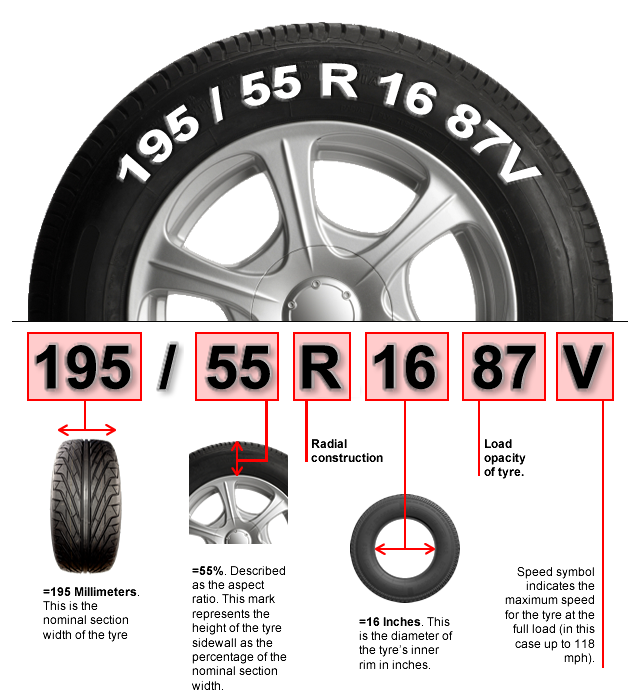
In older cars, every model came with a spare tire that matched the tires already on the vehicle. Over the years, car manufacturers have realized the spare tire is used so infrequently, it does not make much sense to equip every car with a full-sized spare. For this reason, manufacturers began leaving a space-saver spare (otherwise known as a donut) in place of a full-size spare.
Nowadays, spare tires should never be a permanent replacement, begging the question, how long can you really drive on a spare tire? The type of spare tire in your vehicle makes a difference in how long and how far you can drive before fixing your tire or buying a new tire.
These narrow, compact spares are designed to save space and weight in the vehicle, allowing the manufacturers to build a smaller car. However, the tire itself is not built to last. Your owner’s manual will give recommendations for driving time and speed. A general rule of thumb is to drive no farther than 70 miles and no faster than 50 miles per hour before replacing your donut with a new tire.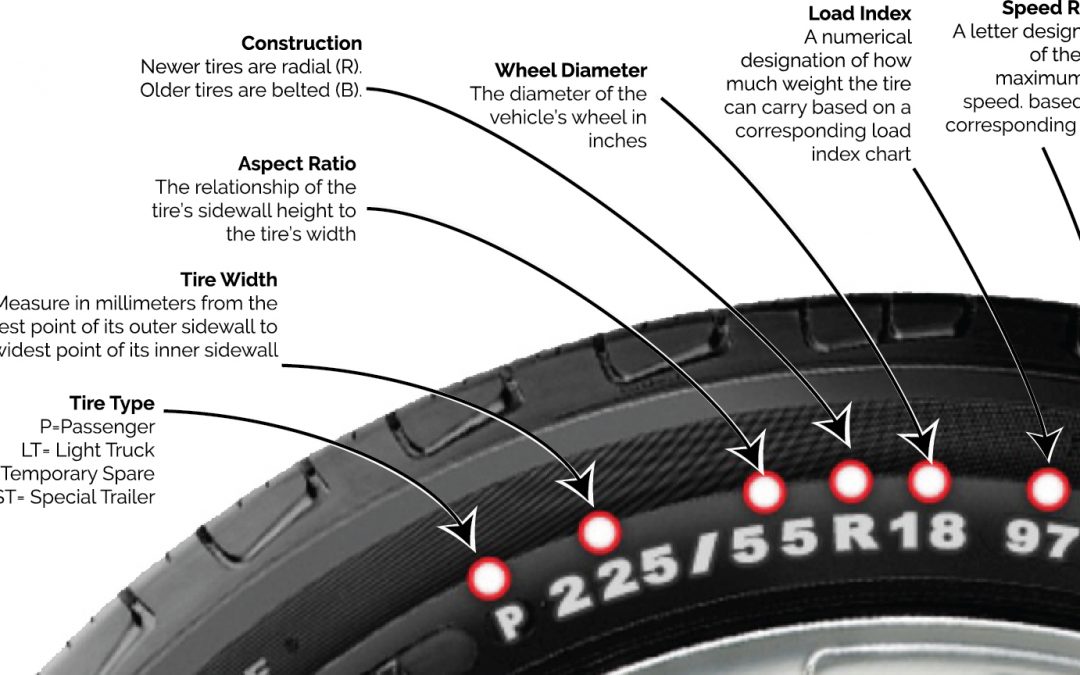
The biggest reason why you should avoid prolonged use of space-saver or donut tires is that they have little to no tread, making the spare vulnerable to road hazards and projectiles. It is also much smaller than the other 3 tires, making it spin faster to keep up with the moving car.
Run-flat tires are becoming more common as manufacturers realize they cost less to maintain than traditional tires. If you drive a recent model BMW or a MINI, your car likely came with run-flat tires. These tires are tougher than most tires but are not designed to last forever, such as a full-spare tire.
Rather than including a spare tire, these run-flat tires are built to withstand most road hazards, including punctures. Rather than going flat or blowing out (as traditional tires do), a run-flat tire can continue to drive after punctured for about 50 miles before needing to be replaced. However, these tires cost more to replace than traditional tires.
While you have a bit more room to travel on these types of tires, it is important to inspect your tire as soon as you are aware of any change in tire pressure. This gives you an idea of how long you have until you have no choice but to have your tire replaced.
This gives you an idea of how long you have until you have no choice but to have your tire replaced.
How Long Can You Drive on a Full-Size Spare Tire?
For years, cars were built with spare tire wells capable of carrying a full-size spare. On many older cars (and a few newer models), this is still the case. If you bought a truck, SUV, or another large vehicle, your car probably is equipped with a full-size spare. While a full-size spare is heavier and requires a larger space for storage, these tires are more durable and can handle a drive similar to a regular tire.
Once you have taken your vehicle to an auto repair shop and learned that the punctured tire is irreparable, you can request the spare tire to be put on the original rim.It is important to note that a full-size spare tire is usually not produced by the same manufacturer as the rest of the tires on your vehicle, meaning it will handle differently than the other tires. We suggest buying a new tire as soon as you can afford to, but this can easily buy you some time.
Christian Brothers Automotive was born out of the idea of not just being an auto repair shop, but also a neighbor. Our mission is simple: to take root in the local communities we serve and to create an uncommonly great experience for customers in need of auto service and repair. To have your tires inspected or to replace a spare tire, please do not hesitate to call or visit your local Christian Brothers Automotive shop. We have 240 plus locations nationwide that are locally owned and operated, providing complete auto care and repair solutions near you.
Photos from open sources
In order to reduce costs in order to increase profits, many automakers have stopped putting full-fledged spares in the trunks of their cars. Their place is occupied by the so-called underwheels - "dokatki", allowing you to get to the nearest tire service. But what if there is not a soul for the next 100 kilometers? How long can you ride on a wheel-crutch, found out the portal "AvtoVzglyad".
Efim Rozkin
"Dokatka" instead of a full-fledged spare wheel today is not uncommon. This is how automakers reduce their costs while increasing profits. On the other hand, “dokatka” means less weight and smaller size. And to get to the tire fitting with the help of such a wheel-crutch is more than enough. But there are situations when you have to go to the repair shop for more than one hundred kilometers.
And here, many motorists are wondering: how long can you drive on a “dokatka” in order to be safe?
Photo from open sources
To begin with, let's figure out what a "dokatka" is. And this is actually a spare wheel, but the size of the stamped disk and the tire itself, put on it, is different from the impellers installed on the car. You can find a "dokatka" in the models of European automakers. They, instead of at least some kind of spare wheel, may even have a repair kit. What can not be said about Asian brands. These complete their cars with a full-fledged “reserve”, which is much more preferable in our latitudes and with our quality of the roadway.
These complete their cars with a full-fledged “reserve”, which is much more preferable in our latitudes and with our quality of the roadway.
However, whatever the spare tire, it is always summer. If one wheel is pierced on your car and it needs repair, then any wheel lying in the trunk (unless, of course, you change it for the winter) is a “dock”. Believe me, it will not be difficult for you to see the difference in the behavior of a car on three winter wheels and one summer one, no matter what your level of driving training is. Actually, therefore, it is recommended to install the “dokatka” on the rear axle. And in winter, this rule is categorical, even despite the fact that you have to tinker, throwing the wheels from front to back.
Photo: AvtoVzglyad
And now about how much you can drive on the "dokatka". Let's take a closer look at it first. A thin underwheel has a smaller grip area in the tire contact patch with the road; a different, by no means effective protector; The dokatka is not as strong as a regular tire, and wears out rather quickly (savings again).
All these shortcomings, of course, affect the controllability, and the consumption, and the decrease in braking efficiency, and negatively on the suspension of the car, which is most important, on the safety of both the driver and other road users. And that is why the speed at which its use is permissible is always written on the wheel-crutch. As a rule it is 50-80 km/h. Which is quite enough to get to the nearest service station.
As for distances, if you follow the rules for the safe use of the “stowaway”, you can drive on it for more than a dozen, and even, if the situation requires it, a hundred kilometers. However, you should always monitor the condition of the wheel, avoid exceeding the speed limit indicated on it, do not recklessly and remember that this skinny wheel in your trunk is for temporary use only.
However, the best option would be to replace the "stowaway" with a full-fledged spare wheel. In this case, the driver's headache will be much less. The main thing, when changing tires, do not forget to include the “spare wheel” in the rotation so that it does not turn out that the four wheels on your car are worn out and worn, but what is in the trunk is in perfect condition.
Choose the best Japanese crossover
43240
Choosing the best Japanese crossover
,000,9000,9000,9000,000 9000 Telegramtraffic safety, wheels, summer tires, off-road, tires, wheels, winter tires, road, track, life hack, tire fitting
Dokatka is a kind of crutch designed to temporarily replace a damaged wheel. How far can you drive in this mode?
Wheels: what you need to know when choosing?
A spare wheel is any spare wheel with a wheel and tire size that is different from the size of the wheels mounted on the vehicle. Also, the tire model must be identical to the main set of tires. Typically, manufacturers use a dock to save space in the luggage compartment and reduce the cost of the car.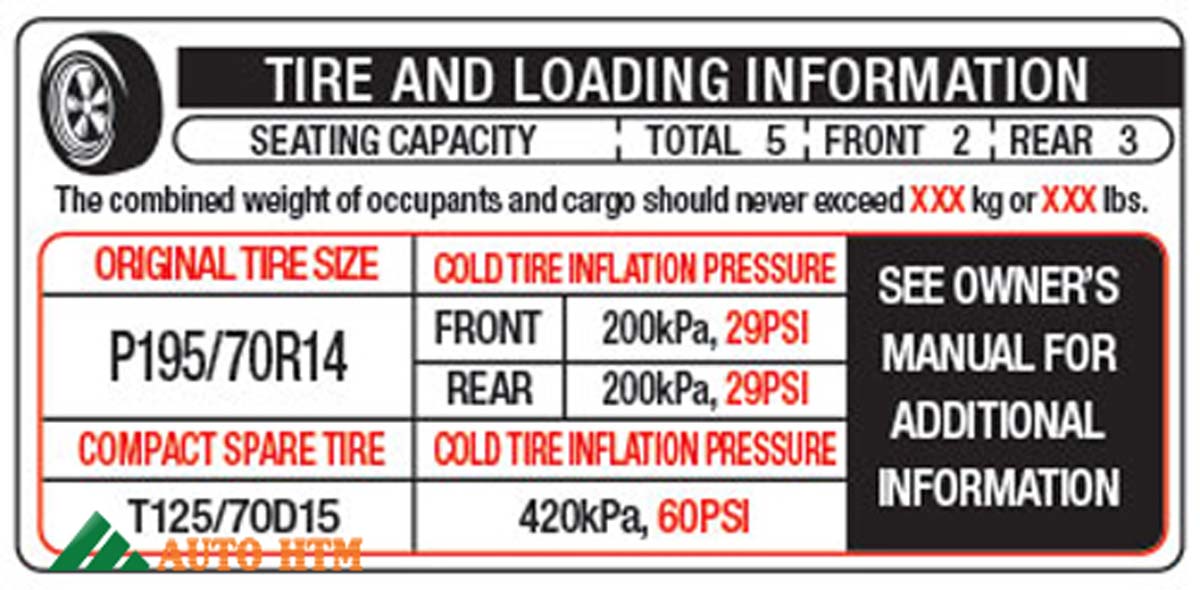
However, not all cars have a stowaway. On European cars, the probability of seeing a dokatka in the trunk, or even just a tire repair kit, is higher. But Japanese, Korean and especially Chinese manufacturers often prefer a full-fledged fifth wheel, and even on an alloy wheel. This is a kind of adaptation to bad roads in those countries where their products will travel. On such a spare tire, of course, you can ride for as long as you like, but! All this applies only to the summer season. After all, any spare wheel (whether it is a full-size spare wheel or a dokatka) implies a summer tire. And the summer wheel in addition to the three winter ones will already be a dokatka. Even an inexperienced driver will feel something was wrong with the behavior of such a car. Therefore, when using a dokatka in winter, it is important to observe the following rule:
If civilization, where you can repair a punctured tire or buy a new one, is far away, then the stowaway should be installed on the rear axle, albeit at the cost of a double rearrangement of wheels. This also applies to rear wheel drive vehicles. They have rear wheels for good acceleration, and front wheels for good braking. And what is more important to you?
This also applies to rear wheel drive vehicles. They have rear wheels for good acceleration, and front wheels for good braking. And what is more important to you?
If I change wheels, do I need to balance them every season?
However, dokatki are also different. The pressure inside the tire depends on its type. The pressure in most cases is indicated on the same plate as the pressure in all wheels. Often it is indicated on the tire itself or, in case of loss of this information, you should look at the instructions for the car. Sometimes manufacturers put a spare wheel in the trunk with a tire as wide as the rest of the wheels or slightly different, but mounted on a steel rim smaller than the rest of the wheels, in diameter. Often this wheel is “taken” from the basic configuration of the same car. The outer diameter of such a spare tire will be the same, but the ratio of the height and width of the tire will be different. The pressure in such a spare wheel must be the same as that prescribed by the manufacturer for normal vehicle wheels.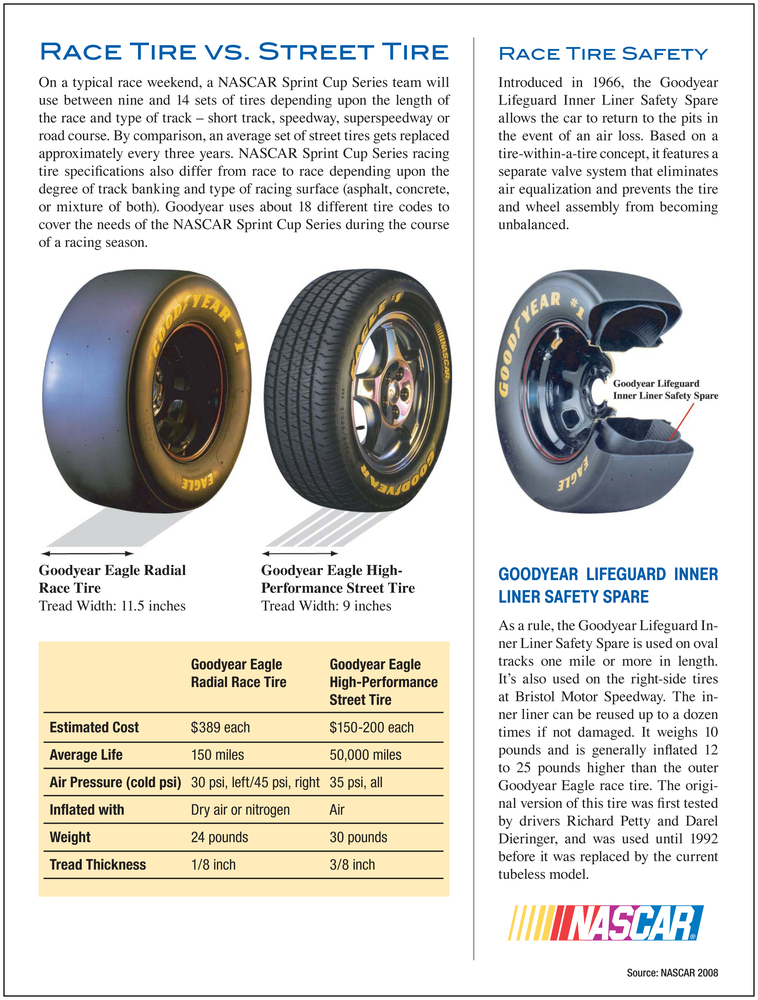
Another type of dokatka is a wheel with a normal disk of nominal diameter and a tire with a low (2-4 mm) tread. With such a wheel, you have to be even more careful in winter because of the low tread height. Even if it is installed on the rear axle, the car can easily skid. The pressure in such a wheel is usually slightly higher than that recommended by the manufacturer for other wheels.
What if we put bigger wheels? - examination of the RF
But most of all in the Russian outback, with its usually broken roads, they do not like the classic Euro-rollers. A thin and narrow steel disk, a tire with a profile not much wider and higher than that of a mountain bike, but, unlike the latter, the tread height resembles half-worn inscriptions on ancient plates. In my opinion, on our roads such a wheel should only be on the rear axle, even in the summer. It is very easy to punch it on uneven roads like pits or tram rails. If at the same time the Euro-roller is installed on the rear axle, then it will be easier for the driver to control and stop the car.